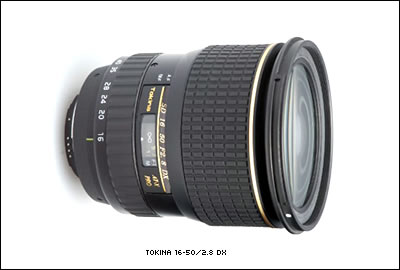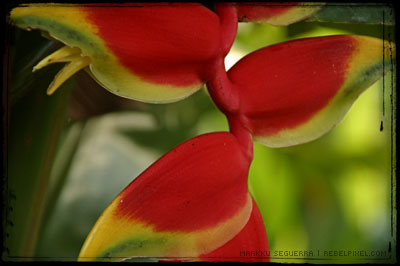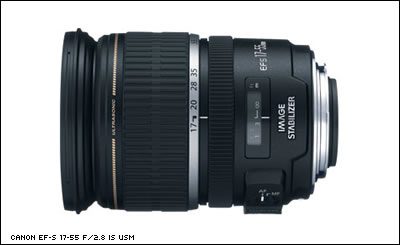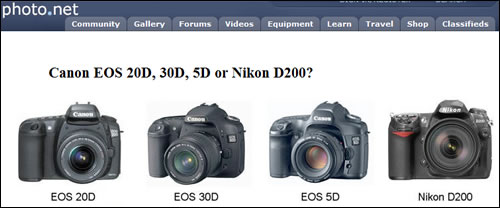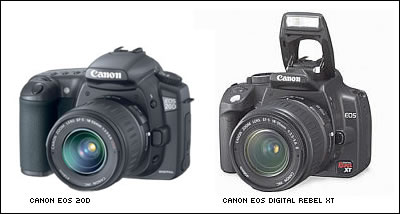Most of us photography enthusiasts prefer to take photos rather than partake in gossip, but this just one I just had to write about. This is about Jill Greenberg’s work featuring children in a state of distress, emotionally provoked to tears.
Thomas Hawk took offense, criticizing her work and method to achieve such photos, no matter what the true objective is. Going through his weblog entry entitled ” Jill Greenberg is a Sick Woman Who Should Be Arrested and Charged With Child Abuse”, I can feel that Thomas was very disturbed by Jill’s work. In many ways, he had every right to. Any person wouldn’t be comfortable knowing how the photos were staged and captured — they handed lollipops to the children then took them away, intentionally provoking them to cry or be angry. All in the name of art, or is this a sick mind using art as an excuse?
Emotions were very high for those involved and even Jill’s husband stepped in. An online fight like this wouldn’t be uncommon, but Jill took matters to a different level when she responded through the magazine “American Photo” without much regard for Thomas’s statements, twisting them to her benefit and not addressing the issues in question. To make matters worse, the popular national publication did not bother to give fair coverage, much less ask for Thomas’s side.
What makes this even more intriguing is Jill Greenberg’s recent actions, as told by Thomas Hawk. According to the entry, Jill pressured Thomas’s employer and even called his boss to get them to intervene in these matters. Threats of legal action were also made by the controversial photographer.
Scrutinizing these events, I feel that Thomas Hawk may have offended Jill Greenberg for writing about his opinions and strong objection regarding the work mentioned above. However, being upset does not give her the right to skirt the issues and attack the other party personally. Threats of legal action shouldn’t have been made. Thomas’s opinion were protected by his constitutionally guaranteed rights, no matter how different it may be as Jill would’ve preferred. In fact, other people have also written on their disapproval of Ms. Greenberg’s work. Personally, I take strong offense as well.
Now what would happen to the parties involved in the coming days? I sure will be following this one. And I just hope Jill Greenberg learns to respect the opinion of other people, especially considering her stature and position, being a well–known artist at that. Before it’s too late to make amends.
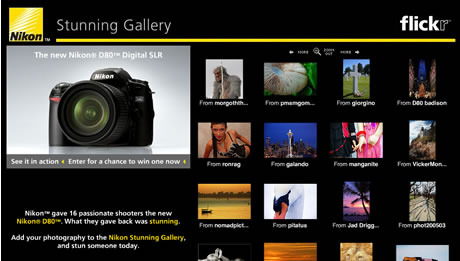
![Sample [Canon 50mm f/1.2L USM] Sample [Canon 50mm f/1.2L USM]](http://photo.blogger.ph/wp-content/uploads/2006/50mmf1.2l-1.jpg)
![Sample #1 [Canon 50mm f/1.2L USM] Sample #1 [Canon 50mm f/1.2L USM]](http://photo.blogger.ph/wp-content/uploads/2006/_blue1_m.jpg)
![Sample #2 [Canon 50mm f/1.2L USM] Sample #2 [Canon 50mm f/1.2L USM]](http://photo.blogger.ph/wp-content/uploads/2006/_blue2_m.jpg)
![Sample #3 [Canon 50mm f/1.2L USM] Sample #3 [Canon 50mm f/1.2L USM]](http://photo.blogger.ph/wp-content/uploads/2006/_sikat1_m.jpg)
![Sample #4 [Canon 50mm f/1.2L USM] Sample #4 [Canon 50mm f/1.2L USM]](http://photo.blogger.ph/wp-content/uploads/2006/_sikat2_m.jpg)
